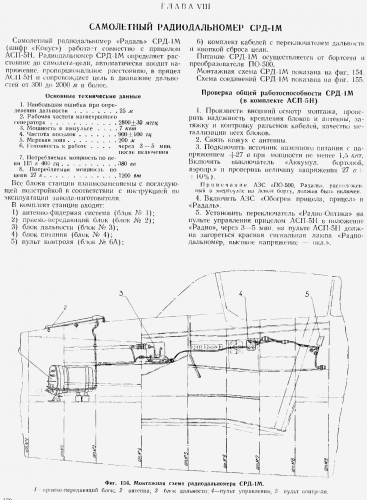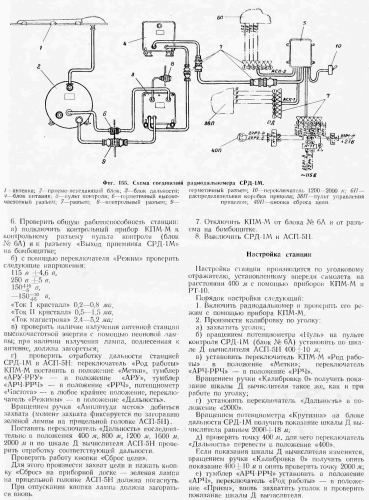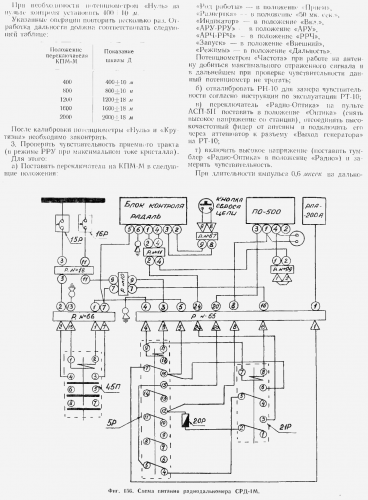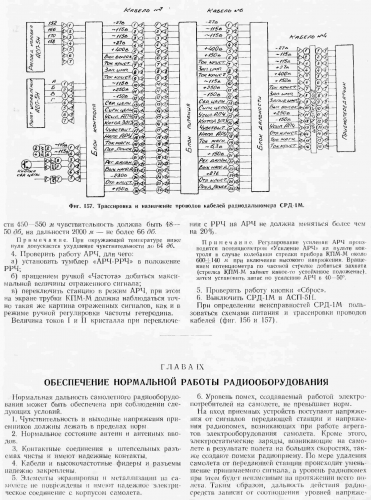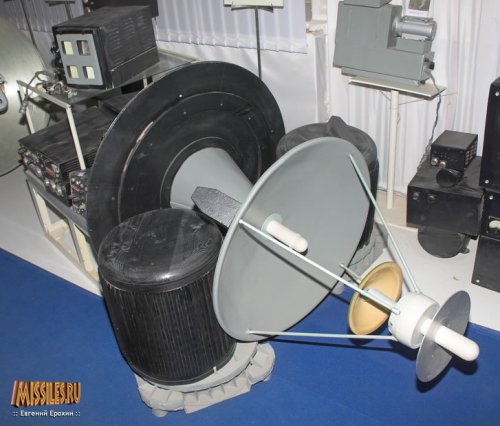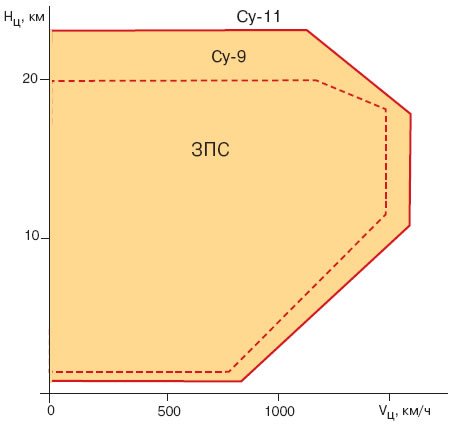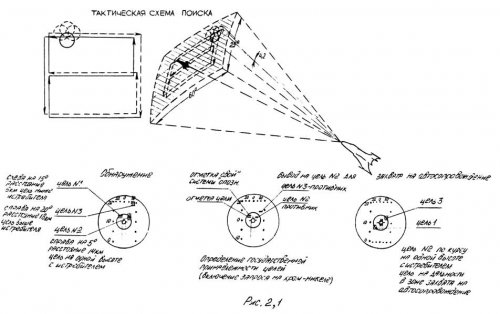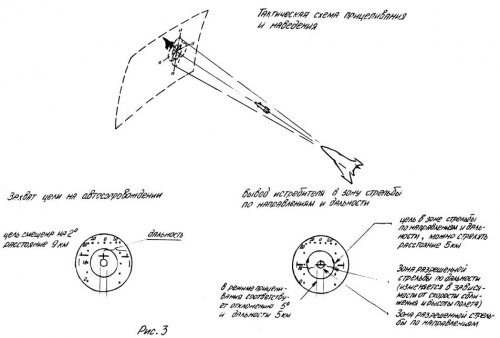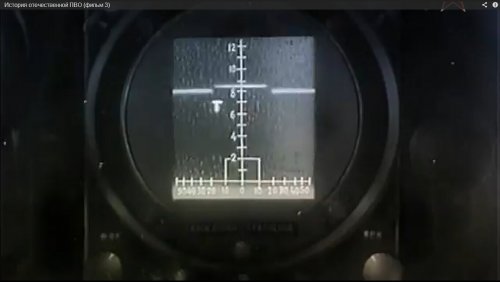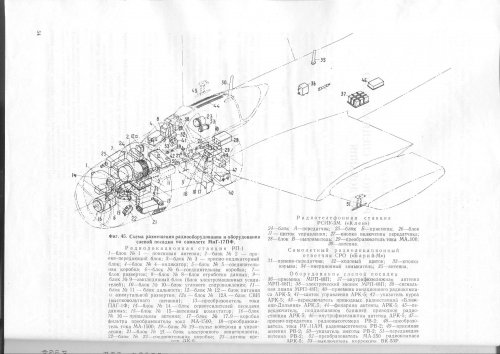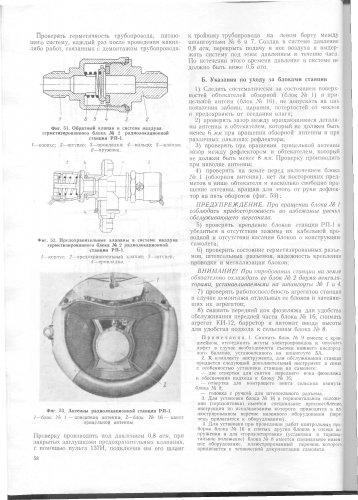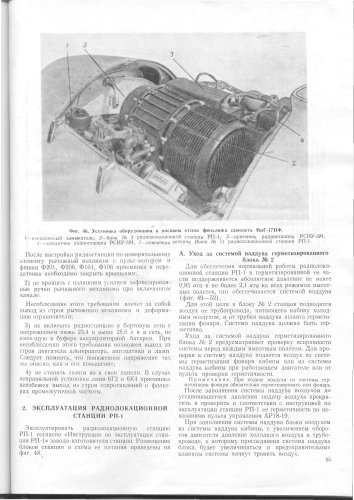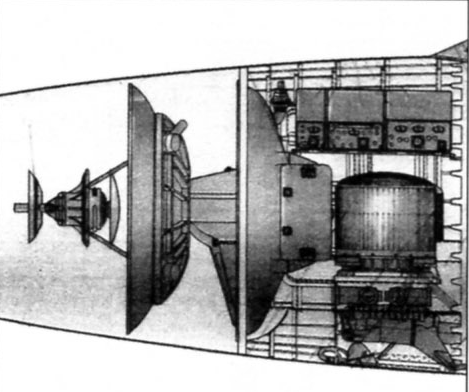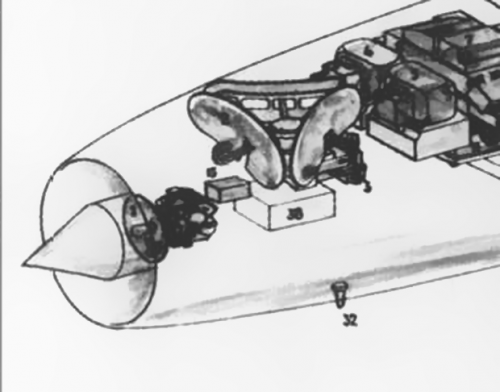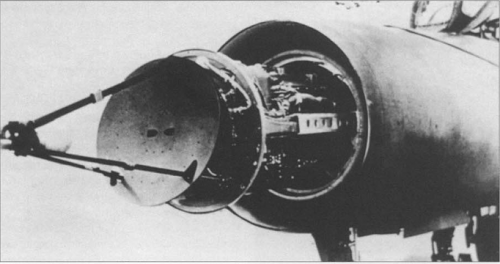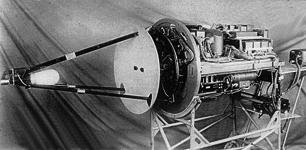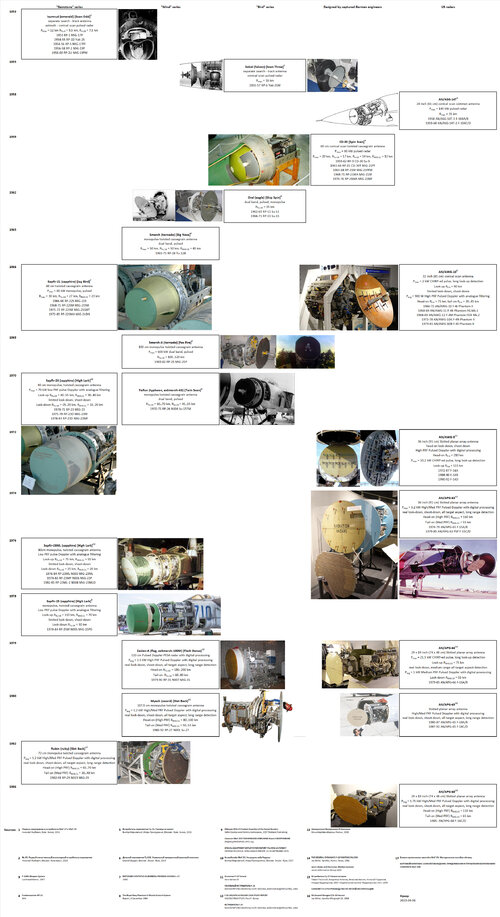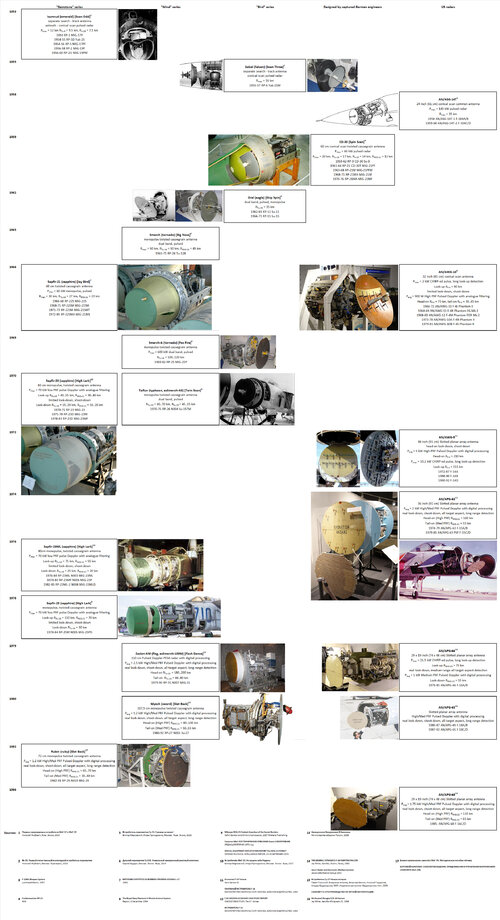yellowaster
ACCESS: Confidential
- Joined
- 1 January 2009
- Messages
- 135
- Reaction score
- 166
Does anyone have any information on the frequency bands used by early Soviet ranging and AI radars in use in the 1950s in the Mig-17P/F, Mig-19P/F and Yak-25 ? e.g. the RP-1, RP-2, RP-5, RP-6 and the SRD-1 and SRD-5 ? I had previously assumed they would be S-band but now I'm not so sure. Web searches produce a bit of info on the evolution of the various radars (including range etc) but nothing on the frequencies used.
thanks,
YA
thanks,
YA

